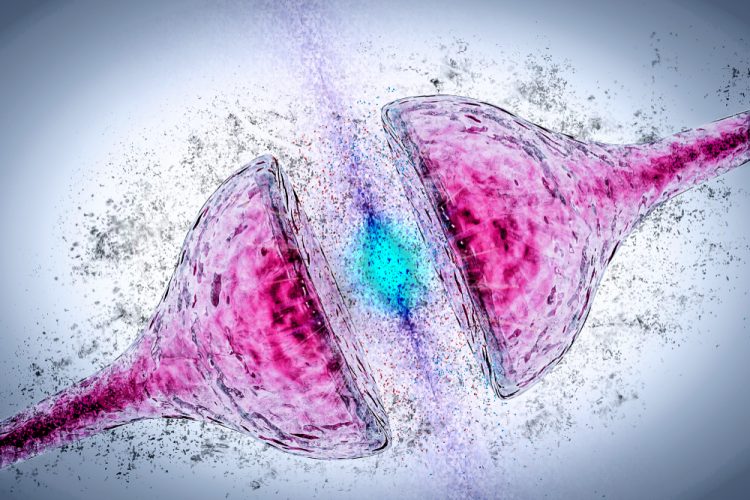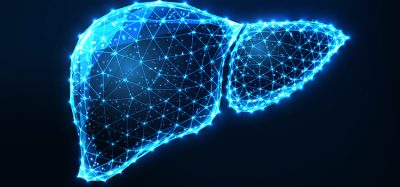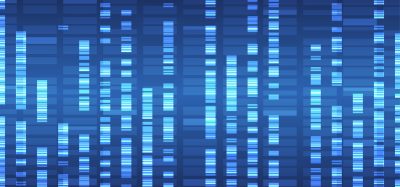Hypothalamus versus hippocampus: changes in the synaptic plasticity
Posted: 31 January 2023 | Izzy Wood (Drug Target Review) | No comments yet
Japanese scientists analyse the associative synaptic plasticity in the supramammillary nucleus–dentate gyrus pathways.

A team of scientists from Doshisha University, Japan, recently conducted a study focusing on the plasticity of the synapses going from the hypothalamic supramammillary nucleus (SuM) to the granule cells (GCs) of the hippocampal dentate gyrus (DG) region.
The research, published in Cell Reports, sought to clarify the nature of long-term potentiation (LTP) occurring in SuM–GC synapses, how such LTP is triggered, and what chemicals and proteins are involved.
The team conducted a variety of experiments on the brains of genetically engineered mice whose neurons were modified to fire when exposed to light of specific frequencies (colours). One of the main protocols they used was based on the induction of spike-timing-dependent plasticity by stimulating both pre- and post-synaptic neurons within a critical time window. This allowed them to verify the type of LTP that occurred in the SuM–GC pathways.
The researchers found that neuronal synapses can undergo long-lasting changes in response to their activity and that of nearby neurons, and it is believed this “synaptic plasticity” is one of the key mechanisms behind learning and memory.
Though there are various types of neuronal plasticity, LTP is the most studied one, especially in the hippocampus. Thus far, we know that the hippocampus receives different types of excitatory input from various subcortical regions. However, it is still unclear whether subcortico-hippocampal synapses operating with the glutamate or GABA neurotransmitters undergo any form of LTP and, by extension, if such subcortical inputs contribute to the long-lasting regulation of hippocampal activity.
The results indicated that the excitatory SuM–GC synapses undergo associative LTP, more specifically a Hebbian type of LTP. Moreover, the team found that even though the SuM–GC synapses released GABA and glutamate together, only glutamatergic transmission led to LTP. They identified the synaptic receptors involved in the process.
Overall, their study can help neuroscientists understand the link between the SuM and the DG better. “Our findings suggest that the associative activity of the SuM and the DG can trigger LTP at subcortico-hippocampal excitatory synapses, which can modulate the GC activity and may contribute to SuM-DG-pathway-related learning and memory,” summarised Associate Professor Yuki Hashimotodani.
In particular, the SuM–DG pathway is interesting since it is pertinent to many brain functions, including spatial memory, sleep/wake cycles, arousal, and locomotion. However, scientists are still in the dark regarding what types of SuM activity patterns lead to LTP in the synapses with GCs.
“It is tempting to speculate that a wide variety of signals from the SuM may participate in LTP induction when associated with DG activity. The behavioural conditions that initiate the correlated activity of the SuM and DG for the induction of LTP will have to be addressed in future studies,” concluded Hashimotodani.
Related topics
Neurons, Neurosciences, Therapeutics
Related conditions
long-term potentiation (LTP)
Related organisations
Doshisha University
Related people
Associate Professor Yuki Hashimotodani







